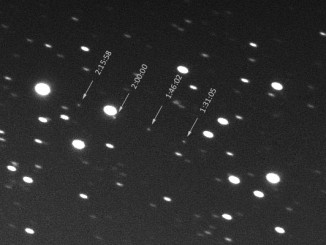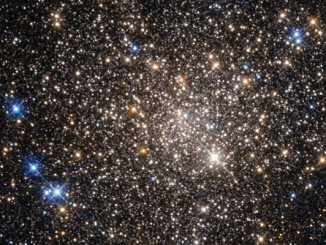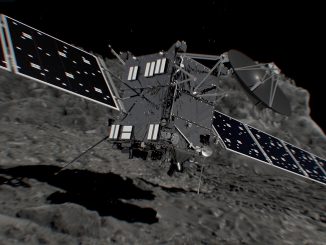The lander project manager Stephan Ulamec says tremendous science has been collected during Philae’s short time on the surface but battery life is now limited and it is unlikely to last much longer.
Related Articles

News
Astronomers recall discovery of Phaethon — source of Geminid meteors
The beautiful Geminid meteor shower is due to light up the heavens this weekend, but the source of the enigmatic cosmic display had eluded stargazers for more than 120 years. Then, in 1983, two University of Leicester astronomers — Dr. Simon Green and Dr. John Davies — used data from the IRAS satellite to discover 3200 Phaethon, an asteroid with a very unusual orbit.

Picture This
Terzan 1: a home for old stars

News
European Rosetta spacecraft poised for comet crash landing
The European Space Agency’s Rosetta spacecraft closed in Thursday for a deliberate crash landing on the surface of comet 67P/Churyumov-Gerasimenko on Friday, a slow-motion kamikaze plunge to bring the enormously successful mission to an end after more than two years of unprecedented close-range observations.
